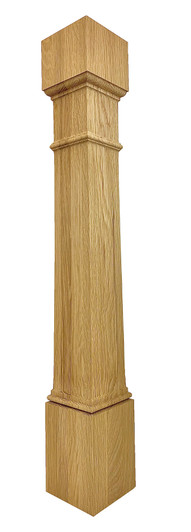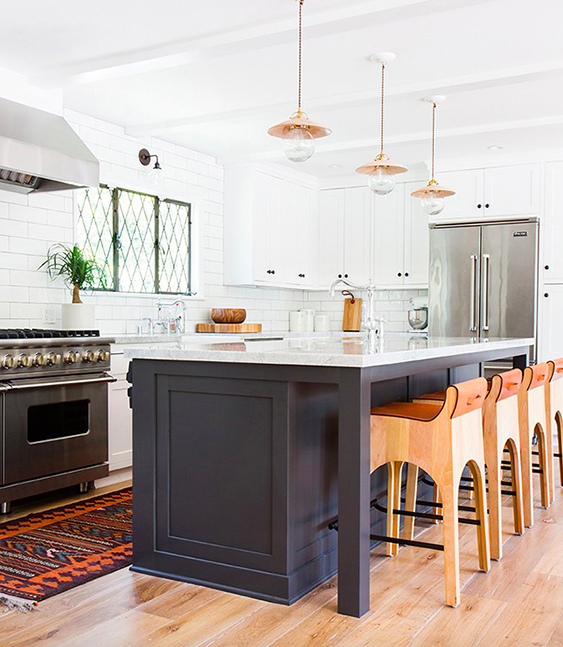The Best Kitchen Island Leg Options for Modern and Traditional Kitchens
The Best Kitchen Island Leg Options for Modern and Traditional Kitchens
Blog Article
The Value of a Sturdy Cooking Area Island Leg in Creating a Practical Cooking Area
A durable kitchen area island leg serves as a fundamental part in developing a practical food preparation atmosphere, offering necessary assistance for both the kitchen counter and various kitchen tasks. As kitchen areas evolve right into multifunctional locations for cooking, eating, and interacting socially, the choice of products and style considerations for island legs comes to be progressively crucial.
Benefits of Sturdy Island Legs
Giving vital support, strong cooking area island legs play a pivotal function in enhancing the capability and toughness of kitchen islands - kitchen island leg. These legs not just birth the weight of the countertop and any kind of additional things put on the island, but additionally add to the overall stability of the framework. A well-supported kitchen area island ensures that it stays upright and practical, even under heavy use, which is particularly vital in hectic kitchen atmospheres
Moreover, strong island legs can boost the visual charm of the cooking area. They offer a strong structure that can complement different layout styles, from contemporary to traditional. This adaptability allows home owners to customize their cooking area islands according to personal preference while making certain that the structural stability continues to be uncompromised.
In enhancement to their encouraging duty, robust kitchen island legs can also improve safety. Inevitably, spending in strong cooking area island legs is important for a functional and aesthetically pleasing cooking location.
Products for Kitchen Area Island Legs
When selecting products for cooking area island legs, toughness and aesthetic appeal are essential elements to think about,. The most usual materials include wood, metal, and crafted timber, each offering distinct advantages.
Wood, such as maple, cherry, or oak, is a traditional selection as a result of its strength and ageless beauty (kitchen island leg). It can stand up to substantial weight and is resistant to wear, making it optimal for high-use kitchen area atmospheres. Additionally, hardwood can be tarnished or painted to complement numerous kitchen designs
Steel legs, usually crafted from stainless-steel or wrought iron, offer a industrial and modern-day appearance. They are unbelievably strong and can support significant loads while being immune to dampness and heat, which is advantageous in a cooking area. Steel legs can also be quickly cleansed, improving their functionality.

Design Factors To Consider for Security
The choice of materials for kitchen area island legs straight influences the layout factors to consider for stability. When developing a cooking area island, it is critical to assess the weight-bearing ability of the chosen products. Larger products, such as strong timber or steel, commonly supply greater security, especially under the stress and anxiety of daily usage.
Additionally, the leg style need to incorporate appropriate geometry to boost stability. A broader base increases the support location, lessening the threat of tipping or wobbling. Consideration ought to additionally be provided to the elevation of the legs; disproportionate leg sizes can lead to discrepancy, endangering the overall security of the island.
In addition, the distribution of weight across the island is critical. Guaranteeing that the leg positioning aligns with the heaviest parts, such as home appliances and counter tops, will certainly further improve security.
Upkeep Tips for Longevity

Depending on the material of the legs-- whether wood, metal, or composite-- ideal cleaning techniques need to be employed. Steel legs may require a light gloss to protect against rust and keep their gloss.
Additionally, tightening up screws and screws navigate here on a regular basis can make sure security and avoid tottering. If the cooking area island experiences hefty usage, consider reinforcing the legs with added braces or sustains to boost toughness. Lastly, applying a protective surface or sealant can protect against moisture and stains, prolonging the lifespan of the legs. By adhering to these upkeep pointers, house owners can guarantee their kitchen area island legs stay functional and durable for several years to find.
Selecting the Right Leg Design
Normal upkeep guarantees that kitchen area island legs stay useful and tough, yet selecting the ideal leg design is similarly crucial for both aesthetics and assistance. The selection of leg design can significantly influence the total layout and consistency of your cooking area.

Performance is an additional vital facet. As an example, thicker legs or those with a strong base can sustain much heavier kitchen counters and devices, boosting the island's energy. Alternatively, slim legs might develop a ventilated look, ideal for lighter layouts yet possibly less supportive.
Final Thought
In summary, the significance of tough kitchen island legs can not be overemphasized in the development of a functional food preparation location. These legs offer necessary support, improve stability, and add to the total visual of the kitchen area.
A strong kitchen area island leg serves as a fundamental component in establishing a useful cooking environment, supplying required assistance for both the counter top and various kitchen tasks.Offering essential support, sturdy kitchen area island legs play a pivotal function in improving the functionality and longevity of site web kitchen area islands. Inevitably, investing in strong kitchen island legs is necessary for a practical and aesthetically pleasing cooking area.
Factor to consider ought to additionally be provided to the elevation of the legs; disproportionate leg lengths can lead to inequality, compromising the overall security of the island.
Wooden legs provide warmth and a classic look, while steel legs supply a modern-day and industrial feeling.
Report this page